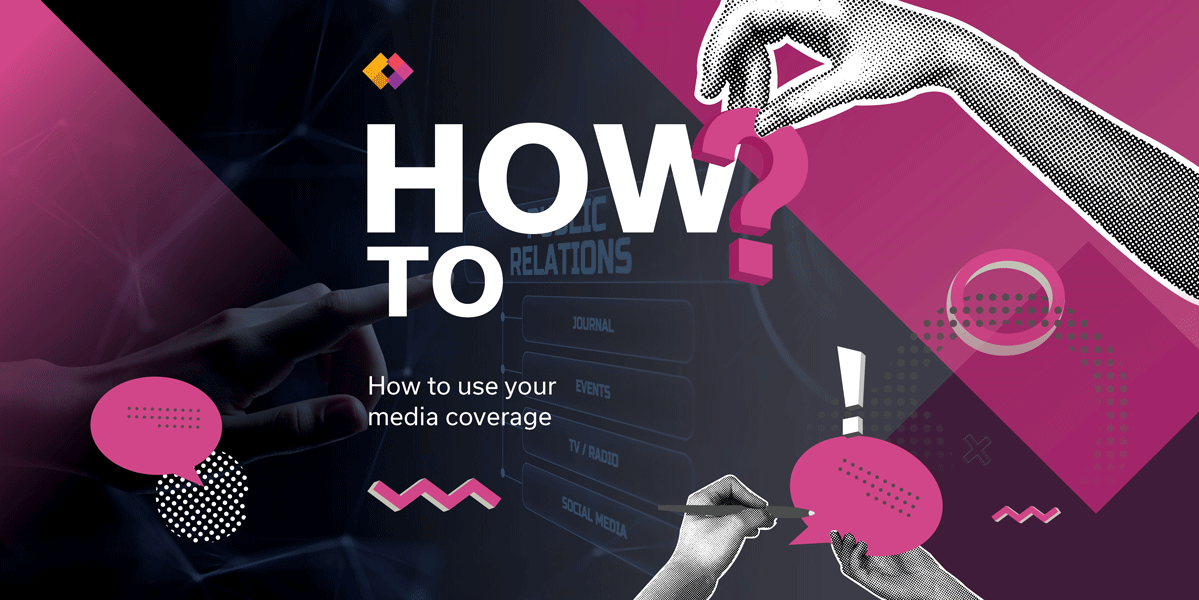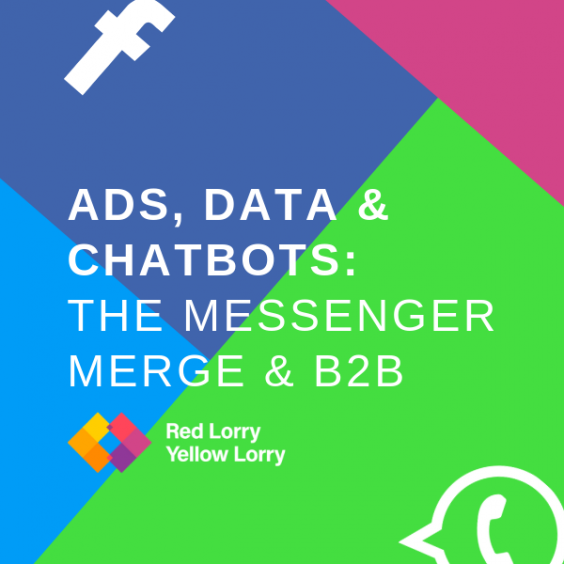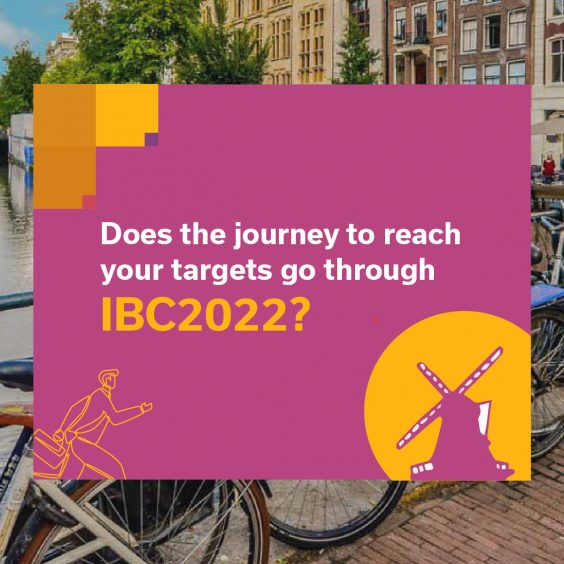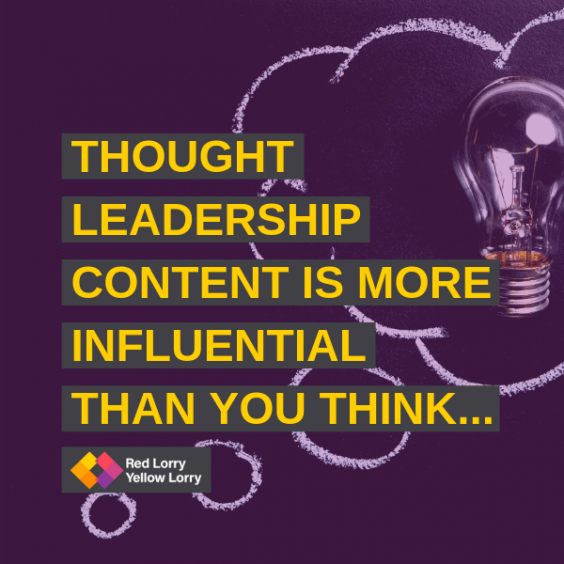Securing b2b media coverage in a top publication is often seen as the holy grail in enterprise tech PR. No doubt, it’s a great third-party endorsement to add to your website. But if you’re merely posting the link and moving on, you’re leaving a lot on the table. I’d see media coverage as getting to pole position rather than reaching a chequered flag finish.
So, you’ve landed that coveted mention? Remember that the real value comes from what you do with it.
Firstly, let’s clarify:
What is b2b media coverage?
B2b media coverage is when a company, product, or service receives exposure across industry-specific media platforms like news outlets. These typically include print, broadcast and digital channels. High-profile outlets for general business include: Forbes, Wall Street Journal and TechCrunch. For IT & computing: Computer Weekly and CIO magazine are typical examples and for marketing: Marketing Week and The Drum are popular choices. And despite the onset of AI, Facebook and Google throttling views, the media is still alive and kicking. A hit in a credible news site can do wonders for your brand.
So, what’s the best way to amplify b2b media coverage?
Here are a few options for squeezing more value out of your media mentions and turning one article into multiple touchpoints. Use these strategies to amplify your coverage and make it work harder for you.
1. Amplify reach with paid promotion
Invest in paid promotion to amplify reach and make your b2b media coverage stand out. Whether it’s LinkedIn ads, Google Display ads, or X (formerly Twitter) ads, paid media ensures your hard-earned mention gets in front of your ideal audience. After all, LinkedIn ads can reach over 900 million professionals worldwide, including 4 out of 5 decision-makers, making it a perfect platform for b2b companies to target key industry leaders and influencers.
For a more refined approach, consider targeted sponsored placements or email sponsorship on industry-specific publications. This will help increase your presence among key decision-makers, giving your coverage a premium edge.
Pro tip: if your audience is niche, round up your best media coverage and use a LinkedIn-matched audience (ABM) list to reach prospect companies. You’ll need a list in the 1000s, but having a good catalogue of company names, website URLs and LinkedIn pages will do wonders for generating demand. At the very least, you’ll get eyeballs from your desired audience.
Example: a b2b software company could run LinkedIn-sponsored content to target CTOs and CIOs in specific prospect companies while using Google Display ads or Google Pmax ads to showcase coverage across tech-focused websites. This combined approach raises brand awareness and positions the company as a thought leader.
2. Repurpose content and maximise the life of your coverage
Repurposing content is an effective way to breathe new life into your media mentions and adapt them to different audience preferences. By transforming your existing coverage into fresh formats, you can reach more people across various platforms.
- Short text-based videos: take those quotes and data points and transform them into more engaging formats like short videos. These can be used on social media or company sales decks. According to Cisco, video content is projected to make up 82% of all internet traffic by 2025, so it’s well worth the effort.
- Audiograms from podcasts: take compelling audio snippets from interviews or podcasts and convert them into visually appealing audiograms for social media. These short, dynamic clips are perfect for grabbing attention and driving engagement.
- Infographics from blog content: turn detailed articles or features into concise infographics. This visual format makes complex ideas more digestible and highly shareable, helping you expand your coverage across different platforms.
- Quote cards from interviews: pull out insightful quotes from interviews or articles and create eye-catching quote cards. These can be standalone pieces of content that increase social media engagement while reinforcing your thought leadership.
And remember, you don’t always need to stick to what’s mentioned in your b2b media coverage! User-generated content (UGC) can expand the depth and reach of your original content. Sharing authentic content from satisfied customers not only extends your reach but also builds trust. UGC is often perceived as more credible and can lead to higher conversion rates.
Pro tip: ideally, use a professional designer to support creatives – they’ll understand your market to create something original. If that’s not within budget, Canva, ChatGPT or Adobe Express can be used to create professional-looking graphics. Combine your media mentions with UGC to create impactful and emotive content for your social media feeds.
Example: if your company is featured in an article discussing innovative AI solutions, extract a key quote from the CEO and turn it into a shareable quote card. Then create an infographic that summarises the article’s main points for LinkedIn and why not use user reviews in the post to enhance credibility?
3. Support your sales team with credibility
Your media coverage isn’t just for marketing; it’s a handy tool for your sales team. Cold leads? Warm them up with a well-timed article link featuring your latest media win in your sales decks or literature. According to the b2b Buyers Survey Report, 95% of buyers choose a solution provider that gives them ample content to help navigate each stage of the buying process. This makes media coverage valuable for sales teams looking to build trust and credibility.
Beyond one-off shares, create a monthly media coverage roundup that your sales team can use as a resource for outreach. This boosts credibility and helps them start conversations on a more authoritative footing.
Example: your sales team could share articles featuring your CEO’s insights on industry trends or include product reviews in prospect outreach emails. This can serve as a conversation starter to foster trust.
4. Empower advocates: utilise employee networks
Your employees are sitting on a tonne of connections—why not tap into it? Encourage your team to share your b2b media coverage across their own networks. Organic LinkedIn company page posts typically make up only 1.5% of most people’s LinkedIn feeds. While 50% of feeds are ads, the rest are more or less organic posts from individuals. So, if you want people to see your coverage, give it to your employees to share.
Pro tip: don’t forget to use trackable links like UTMs to measure how far your employees are helping push your media mentions. You’ll be surprised by the reach.
Example: provide pre-made LinkedIn posts for employees to share media coverage highlights. Ask them to add the links to the coverage in the first comment rather than in the post; this will increase reach.
5. Content marketing integration: improve SEO and drive traffic
Your b2b media coverage can go beyond your social media. Integrating links for your top articles into your existing blogs or other content will give them a new lease of life. For example, why not write a long-form educational blog post and drop in your top coverage to back up your points? Media mentions can generate backlinks, still a key Google ranking factor. This helps to build domain authority, not just for your brand but for the publication, too, which is a win-win for both of you.
Pro tip: consider adding your coverage into an eBook, case study or whitepaper to expand on the topic. HubSpot research suggests that businesses with a solid content marketing plan can generate 3x more leads than those without.
Example: if your company was featured in a top publication article about AI advancements, create a follow-up blog series or e-book diving into specific AI applications. Link back to the original article (naturally crediting the publication) to support your content and enhance your website’s SEO.
6. Build a vibrant press room for your PR assets
Your press room shouldn’t just be a storage space for old articles. Make it an active, up-to-date resource for journalists and stakeholders by regularly adding your latest b2b media coverage. Include quotes, images and links to the original articles, and add some personality to keep it visually engaging.
Featuring logos from well-known publications can help build credibility fast, but don’t rely solely on the big names. Consistent mentions across various media outlets, both big and small, show reliability and help build relationships and trust.
Example: create a dedicated page on your website, showcasing all your recent features, interviews and thought leadership articles. Embed videos directly from YouTube— it’s still a significant search engine. Include logos from reputable outlets to boost your credibility.
7. Customers: keep them in the loop
Your media mentions aren’t just a tool for attracting new clients—your current customers will be interested too. Keeping them in the loop with regular updates through emails or newsletters can reinforce your position as an industry expert. HubSpot reports that segmented email campaigns can lead to a 760% revenue increase, so it’s worth tailoring your updates for better results.
Pro tip: use media coverage to provide value. A simple “we were featured in X, talking about Y” is a subtle way to keep your brand visible without being too salesy. Use AI-powered newsletter tools like https://rasa.io/, which understand your audience’s preferences and personalise their content.
Example: launch a newsletter and segment it by key sectors e.g. finance vs healthcare. Including recent media mentions can keep partners informed and provide talking points for your account managers to use in client conversations.
Moral of the story? Media coverage isn’t just a quick spark – it can ignite a fire that keeps on burning. Whether it’s boosting SEO or supporting sales, there are so many ways to make your b2b media coverage work harder. So, don’t just let that mention sit there—give it legs. You’ll find it keeps on delivering value long after eyeballs have drifted away from your initial coverage.




